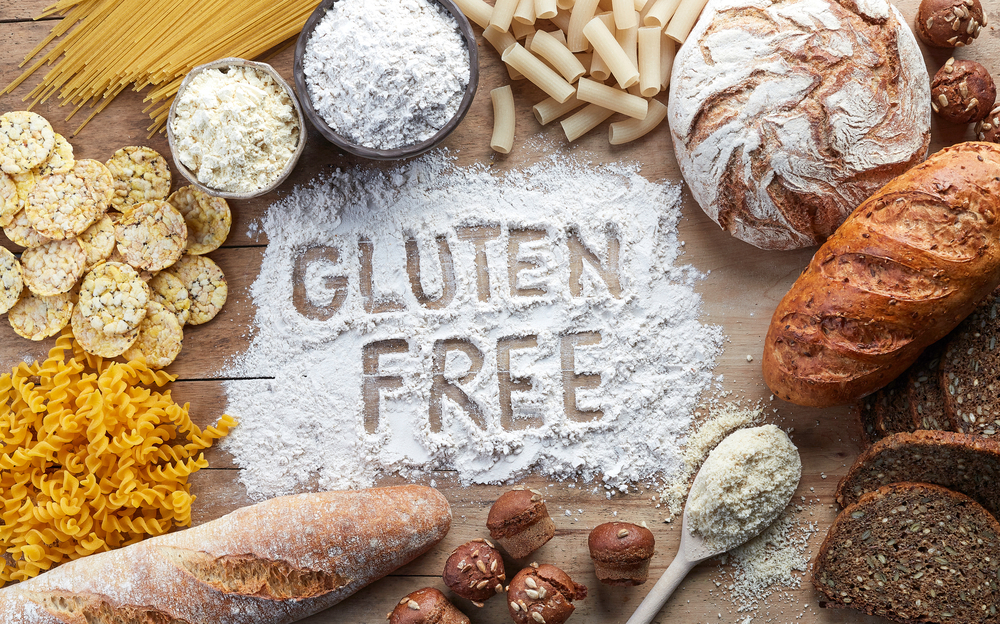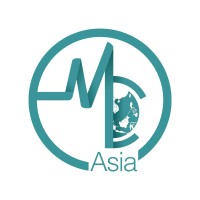In our previous article, we look at the basics of celiac disease, including how to manage it. Lifestyle changes are crucial for those diagnosed with celiac disease. Following a gluten-free diet is one of the most important changes in order to manage this condition. In fact, consuming gluten-free alternatives is the only cure for celiac disease, though various supplements can also help.
What is gluten, and what are some alternatives of our Asian diet that are gluten-free? Read on more to find out what are some gluten-free alternatives that you or your family can prepare if you are suffering from celiac disease!
What Is A Gluten-Free Diet?
Before looking at some gluten-free alternatives, we need to find out what is gluten. Gluten is a type of protein found in food which provides a chewy or elastic texture to the food. Some foods that commonly contain gluten include wheat, rye, barley and malt.
A gluten-free diet is one that does not contain food items with gluten. A person following this diet can enjoy natural and unprocessed foods like vegetables, fruits, dairy, poultry and nuts.
What Are The Best Gluten-Free Alternatives?
To better manage celiac disease, you will need to know what are the gluten-free alternatives to food such as wheat. Alternatives to gluten-rich food includes:
- Chinese spinach (Amaranth)
- Buckwheat
- Coconut flour
- Cornstarch
- Millet
- Pea flour
- Potato flour
- Soy flour
What Are Some Gluten-Free Dishes Relevant To Asian Countries?
Here are some examples of gluten-free dishes specific and relevant to Asian countries that a person with celiac disease can consume:
India
- Poha: Poha is a breakfast dish that is popular in Northern India, made of flattened rice, onions, mustard seeds, turmeric, and green chillies. Brown flattened rice, which is popular in Southern India, can also be used to make poha even healthier.
- Brown rice and vegetable curry: Brown rice is mostly consumed for lunch in the southern regions of India, with vegetable accompaniment like mixed vegetable kurma and avial.
- Ragi roti: Ragi is a type of millet that can be used for making roti (round flatbread) and can be consumed with chutney or pickles as a healthy gluten-free option.
Indonesia
- Kue Serabi: Kue serabi is an Indonesian coconut pancake that consists of rice flour, coconut milk, freshly grated coconuts, yeast and palm sugar.
- Nasi Goreng: Nasi goreng is an Indonesian fried rice that is made of rice, onions, chicken, garlic, chilies, and sweet soy sauce.
- Gado Gado Salad: This is an easy to prepare salad that is popular in Indonesia. The main ingredients are potatoes, broccoli, beans, carrots, cabbage, lettuce and coconut flakes. A dressing made of coconut milk, peanut butter and cloves then tops up the salad.
Malaysia
- Hokkien Noodles: This is a typical Malaysian dish that can be made with gluten-free noodles, chicken, prawns, corn, capsicum, and a whole lot of sauces. While making this dish, you should make sure that all the processed ingredients, like the sauces and cornstarch, are also gluten-free.
- Malaysian Lamb Curry: This healthy Malaysian food is made of lamb, potatoes, tomatoes, coconut milk, and a whole lot of spices. But remember to keep the spices to a minimum so it does not cause discomfort.
Taiwan
- Spicy Taiwanese Beef and Noodles: Apart from ground beef and noodles, this dish has bamboo shoots, onions, spices and sauces. For a gluten-free alternative, you should ensure that the noodles and sauces are gluten-free.
- Gua Bao: This is a typical Taiwanese street food with beef, rice flour, potato starch, corn starch, tapioca flour, many spices and sauces.
China
- Wonton Wrapper: This is a popular gluten-free dish in China and other South Asian countries. The main ingredients are all-purpose flour, potato starch, eggs, and vanilla extract.
- Chicken and Bitter Melon Stir Fry: This is an easy to prepare dish that consists of bitter melons, chicken, potato starch, coconut aminos, and spices.
Vietnam
- Vietnamese Noodle Bowl: The main ingredients of this dish are chicken breast, mixed greens, brown rice noodles, vegetables and fish sauce.
- Gluten-free Pork Noodle Bowl: This dish has pork, rice noodles, vegetables and fish sauce as the main ingredients. Fresh cilantro and salted peanuts also add to the taste and nutritional value of this dish.
Thailand
- Thai Green Curry Chicken: Thai sweet basil, lemongrass, kaffir lime leaves and shallots render a unique taste to this gluten-free dish. Other ingredients also may include chicken breast, green peas, coconut milk, soy and fish sauces.
- Pad Thai: This dish has gluten-free pad-thai rice noodles, prawns, gluten-free tofu, and bean sprouts as the main ingredients. To spice up this dish, add various gluten-free sauces to this dish.
Bottom Line
Being diagnosed with celiac disease does not mean that you have to give up all the delicacies you used to enjoy. Because almost all Asian dishes have gluten-free alternatives, they allow you to relish them without worrying about your health. All you have to do is to select gluten-free ingredients that will not cause any harm to your health.
Article is written in conjunction with Celiac Disease Awareness Month 2021.













